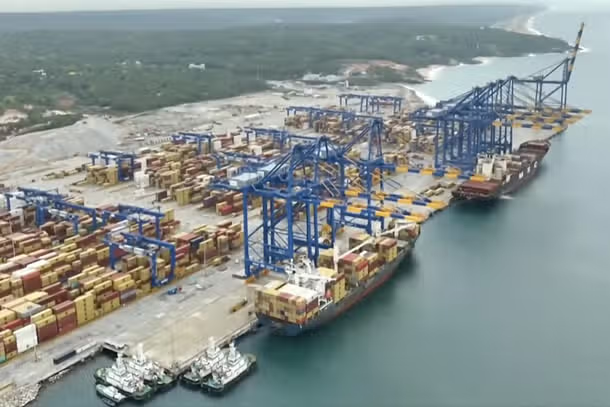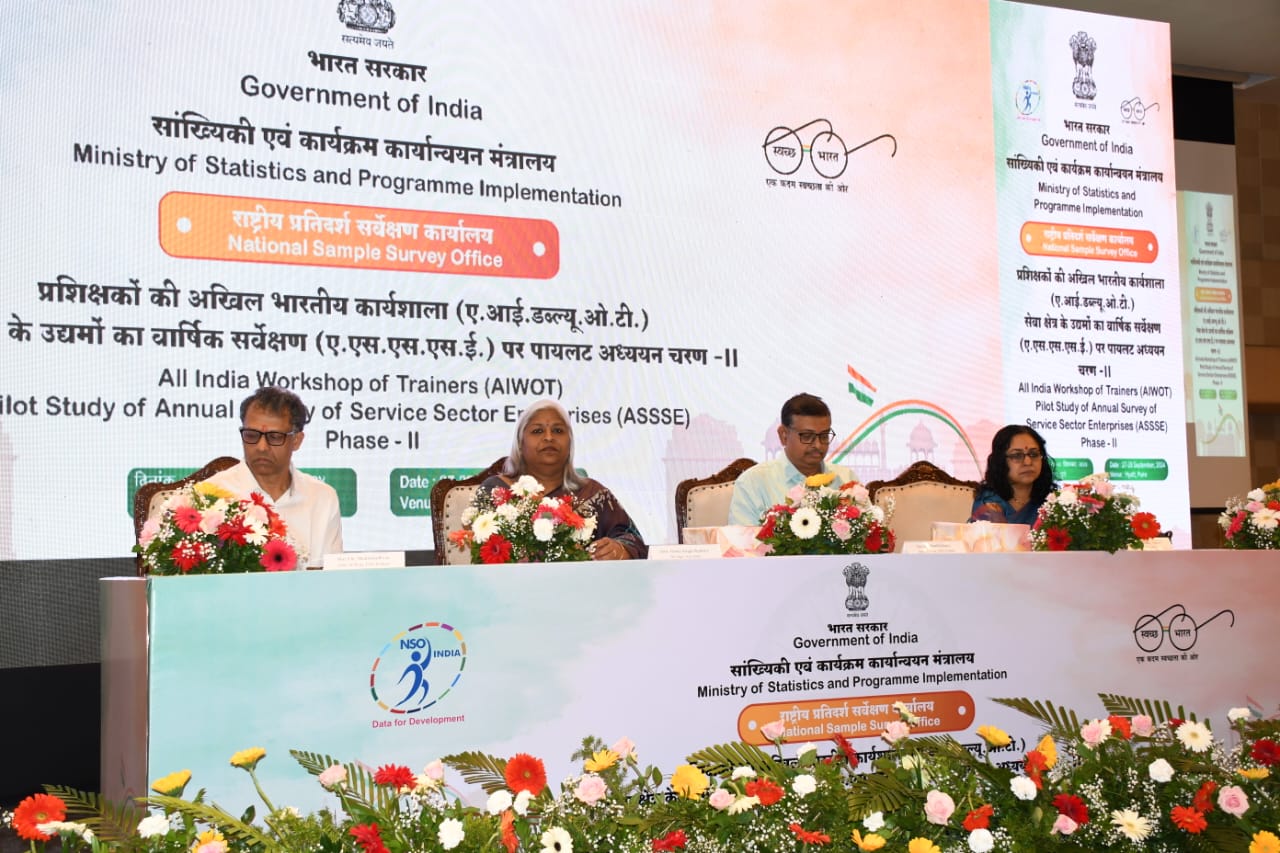- Courses
- GS Full Course 1 Year
- GS Full Course 2 Year
- GS Full Course 3 Year
- GS Full Course Till Selection
- CSAT
- 5 LAYERED ARJUNA Mentorship
- Public Administration Optional
- Online Program
- GS Recorded Course
- NCERT (Recorded 500+ Hours)
- Polity Recorded Course
- Geography Recorded Course
- Economy Recorded Course
- AMAC Recorded Course
- Modern India, Post Independence & World History
- Environment Recoded Course
- Governance Recoded Course
- Science & Tech. Recoded Course
- International Relations and Internal Security Recorded Course
- Disaster Management Module Course
- Ethics Recoded Course
- Essay Recoded Course
- Current Affairs Recoded Course
- ABOUT US
- OUR TOPPERS
- TEST SERIES
- FREE STUDY MATERIAL
- VIDEOS
- CONTACT US
ANUSANDHAN NATIONAL RESEARCH FOUNDATION BILL 2023 IN LOK SABHA
ANUSANDHAN NATIONAL RESEARCH FOUNDATION BILL 2023 IN LOK SABHA
05-08-2023
Latest Context:
- Purpose: Anusandhan NRF would be established to advance R&D and create an innovative culture across all Indian universities, colleges, research institutions, and R&D labs.
- The administrative division of NRF will be the Department of Science and Technology (DST). The NRF will be run by a Governing Board made up of renowned academics and industry experts from many fields.
- Ex-officio Vice-Presidents of the Board will be the Union Ministers of Science and Technology and Education. The Prime Minister will serve as the Board's ex-officio President.
National Research Foundation (NRF):
- The National Research Foundation (NRF) is an organisation that is being considered to take the place of the Science and Engineering Research Board of India (SERB) and to catalyse and direct interdisciplinary research for advancing India's ambitious development agenda through effective knowledge creation and translation.
NRF Goals:
- Encourage interdisciplinary study that will deal with India's most important development issues.
- It will reduce the amount of research that is done twice.
- Encourage the conversion of research into actionable policy and practice.
Expectations from NRF:
- By 2030, India should increase its R&D spending from 0.7 percent of GDP to 2 percent of GDP.
- Increasing India's contribution to global scientific publications from around 5% to 7% by 2030
- Building a talent pool of scholars from many fields and industries
- Finding creative answers to India's development problems
- Converting scientific understanding into advantages for society and the economy.
NRF Need:
- Declining Investment: When compared to other major economies, India's research and development (R&D) expenditure-to-GDP ratio of 0.7 percent is extremely low and falls well below the global average of 1.8 percent, while it was significantly higher in nations like the US (2.8 percent), China (2.1 percent), Israel (4.3 percent), and South Africa (4.2 percent ).
- Low Research Output and Impact: In terms of the production of patents and publications, India lags behind. WIPO reports that the US submitted 605,571 patent applications, 1.538 million from China (with just 10% from non-resident Chinese), and 45,057 from India, with more than 70% coming from non-resident Indians.
- Limited Research Opportunities: Research funding is frequently only available to eminent institutions and researchers, excluding individuals who live in underserved areas. For instance, according to DST officials, just 11% of SERB monies went to public colleges and approximately 65% went to the IITs.
- Fragmentation of the research: The majority of research in India is carried out in isolation by several institutions, which wastes resources and double-uses them.
- Lower Private Sector Involvement: The government accounts for about 56 percent of R&D spending while the private sector accounts for 35 percent. In contrast, the private sector dominates R&D in nations with superior technology, contributing as much as 88 percent in Israel.
- Lack of Focus on Social Sciences and Humanities: While social sciences and humanities are sometimes overlooked, natural sciences and engineering receive the majority of research funding.
How would NRF Encourage Multidisciplinary and Solving Research?
Provides Platform:
- The NRF will act as a coordinating platform for multidisciplinary and multi-institutional collaborative research that may handle difficult problems that call for responses from various fields and industries.
- Examples of areas in need of inter- and trans-disciplinary research that can offer answers that are evidence-based, context-relevant, resource-optimizing, culturally compatible, and equity-promoting include public health policy, child nutrition, air pollution, and climate change.
- In areas of India's growth that have been prioritised, the NRF will support both task force-commissioned research and investigator-initiated collaborative research.
- By asking young researchers from various fields of expertise to work together on problem-solving research, the NRF will help foster mindsets for engaging in multidisciplinary research early in scientific careers.
Foster Collaboration:
- The NRF will work to include a variety of interested parties in the scientific process, including the commercial sector, state governments, state-level institutions, and civil society organisations.
- The private sector is seen as a crucial partner, bringing new ideas and encouraging innovation, as well as corporate and charitable money that can supplement the government's own pledged contribution.
- India's capacity to conduct locally relevant scientific research must be strengthened, and this requires the support of state governments and state level organisations.
- Community involvement is crucial for selecting people-relevant research goals, conducting participatory research, assessing implementation and its effects, and assisting implementation through community mobilisation.
- The scientific endeavour can only then develop into a "Jan Andolon," or people's movement.
Must Check: IAS Coaching Centre In Delhi



